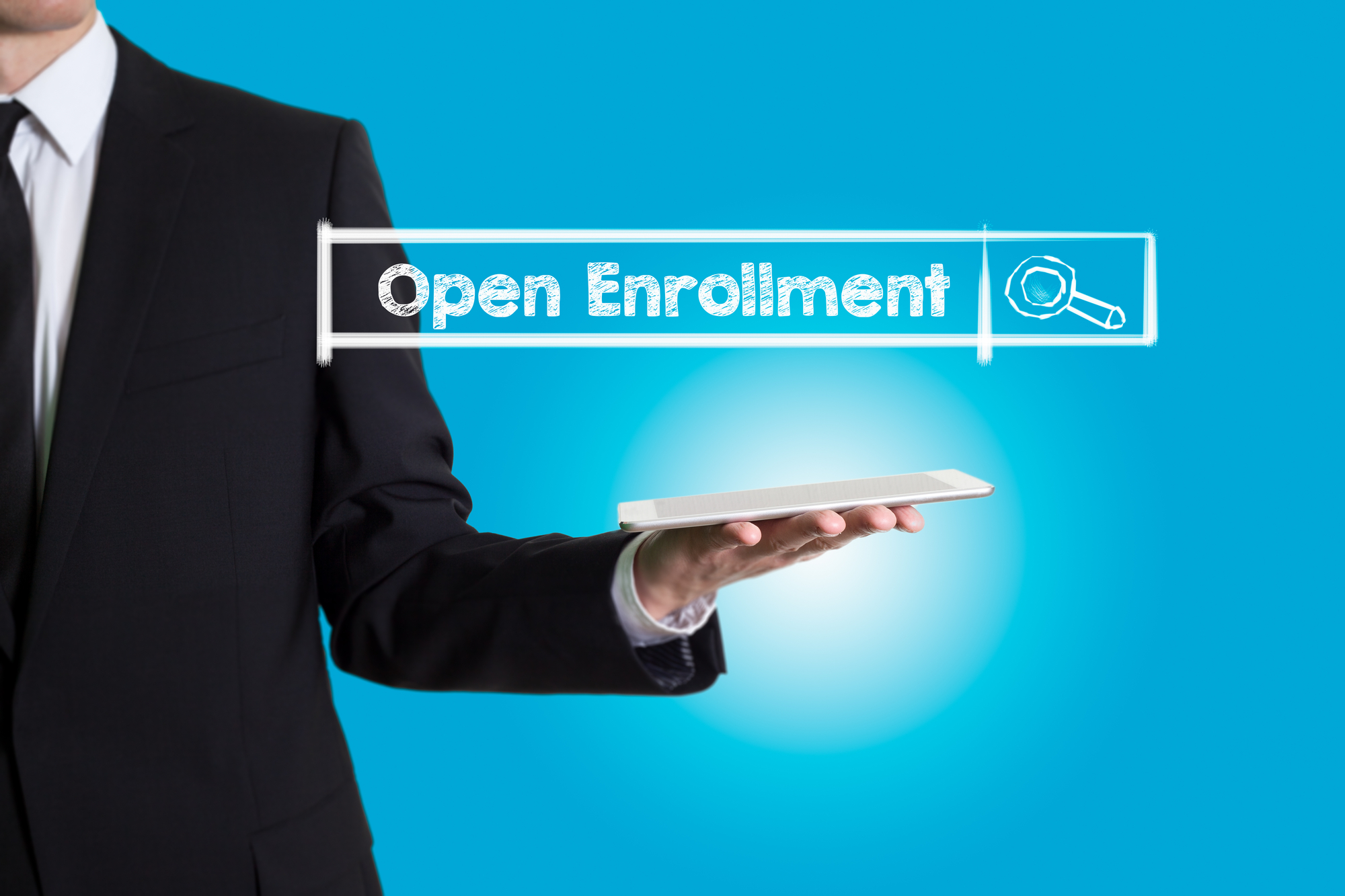Early Preparation Is Crucial For 2023 Open Enrollment
Last Updated on July 22, 2022
Early open enrollment prep can be an opportunity for retention by putting employee needs first.
The job market is still dealing with the after-effects of the COVID-19 pandemic. Workers are taking stock of their circumstances and considering which employment perks matter the most. Specifically, employees are increasingly more concerned about their physical and mental health, financial security and work-life balance than before the pandemic. Many employers have responded by enhancing benefits offerings to support employees.
Employees may now be looking for new opportunities. Due to the high number of job openings, many employees are feeling more confident in switching jobs for better pay or improved working conditions. Some employers are attempting to combat this employee-friendly job market by raising wages and offering competitive benefits to attract talent.
Employers should recognize that beginning their open enrollment efforts early in 2023 presents a massive opportunity. Early preparation can help show employees they are valued and convince top performers who may be seeking job changes to stay in their current positions. This article outlines how employers can prepare early for open enrollment, including surveying employees to determine which benefits they want, revamping benefits offerings to meet workforce needs, strategizing employee messaging and effectively communicating benefits offerings.
Tailoring benefits options for employees
Employee benefits offerings can serve as powerful retention tools. However, that’s only true if employees see value in these offerings. That’s why employers need to tailor their benefits options to include perks employees care about.
In the wake of the COVID-19 pandemic, employees sought perks that weren’t previously offered by many employers. These include benefits or arrangements that initially began out of necessity, such as remote or hybrid work arrangements and extended leave. Now, many employees expect at least some of these benefits to become permanent.
According to various surveys and reports, the following are some of the top benefits employees are currently seeking:
- Remote or hybrid work environments
- Flexible or hybrid scheduling
- Greater compensation
- Mental health resources
- Caregiving benefits
- Professional development opportunities
- Telemedicine
- Financial wellness resources
Employers should keep in mind that benefits offerings are one of the top reasons employees join companies and stay at their jobs, according to insurance data. That’s why it’s critical for employers to seriously consider speaking with employees about which perks provide the most value for their unique circumstances. Adding or tweaking a few benefits options could be the difference between retaining or losing top performers.
Moreover, gaining employees’ feedback ahead of enrollment shows a meaningful interest in their concerns. It can go a long way in proactively retaining employees by showing them that their quality of life matters.
Determine your communication strategy
After solidifying benefits options, employers need to plan their communication strategies. Such planning should include figuring out key messaging. In 2023, this messaging might focus on new or updated benefits offerings, as well as these offerings serving as incentives for employees to stay in their current positions.
By putting benefits front and center, employees will be forced to weigh the advantages of searching for new jobs against guaranteed perks. Employers should detail their offerings so employees understand everything they would potentially be losing by changing jobs. Touching on these details is particularly important, considering that 1 out of 3 workers don’t understand the benefits they elected during open enrollment, according to Voya Financial. This means some employees may be job hunting for perks that they already have access to.
In response to the pandemic, there’s a greater need for employees to feel secure. Benefits communications should account for this by demonstrating how workplace offerings can protect employees. As employees’ needs vary, outlining different benefits offerings can help them understand which benefits they need and will likely use. Employees’ appreciation for benefits may improve when they can choose benefits plans tailored to their specific needs. The more appreciative employees are, the less likely they are to look for other job opportunities.
Getting the word out
Ultimately, employers will need to spread the word about open enrollment and their benefits offerings. Countless surveys show that employees want more help understanding their options. This means an open enrollment communication plan needs to start early, provide ample educational resources and have multiple channels.
A quality open enrollment communication strategy may include the following components:
- Group meetings to discuss available benefits
- One-on-one meetings to go over any questions
- Multichannel communication methods, such as videos, printouts, guides, presentations, emails and comprehensive guides
- Periodic enrollment reminders, including enrollment dates and workplace-specific instructions
- Messaging that directs employees to designated points of contact for questions (e.g., HR)
Leveraging technology allows employers to communicate more frequently and effectively with employees. With more employees working remotely, virtual enrollment may be the most feasible option for many employers, saving them time and resources. What’s more, the pandemic showed that the utilization of multiple virtual enrollment meetings and resources are more effective for educating employees about their benefit offerings, including pre-enrollment meetings, email campaigns, digital enrollment materials and guides, webinars, videos and recorded benefits presentations made available throughout the year.
It’s important for employers to start open enrollment communication early. Not only does it provide employees more time to understand their benefits, but it can also help retain employees who may be unsure about changing jobs.
Early preparation will have a positive impact
By preparing early for open enrollment, employers will have ample time to tailor their benefits offerings and showcase all the perks they can provide for their employees. Doing so help employers educate their workers, bolster their retention efforts and get a leg up on the competition in this challenging employment market.

